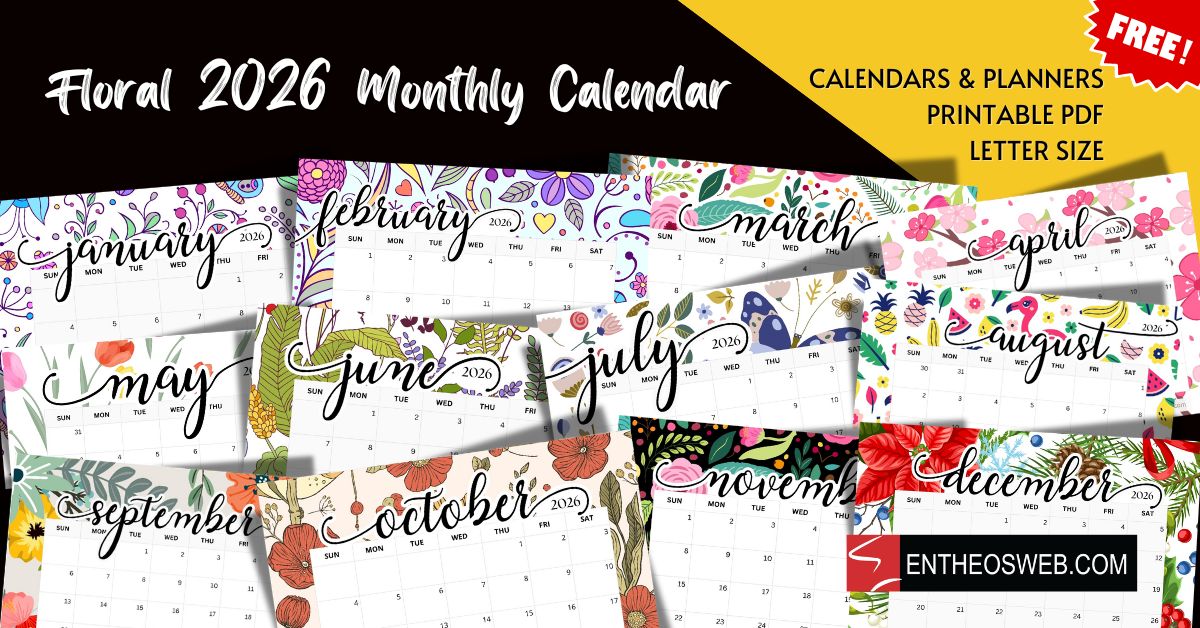
AI image detector are changing how businesses and designers tell stories with images. Tools like Canva’s AI Design Maker and Adobe Firefly let users make custom visual content. AI technology allows them to create custom images tailored specifically to a brand or its audience, instead of relying on preloaded photos that do not resonate.
Personalizing content is essential in engaging today’s viewers. With AI image detector, companies can quickly make images that fit different groups of people. This change shows how important it is to have design that can adapt and still be creative, helping businesses connect with their audience better.
At first, AI images were blurry or abstract. This changed with generative adversarial networks (GANs). They work by competing, which made images clearer.
Then, diffusion models came along. They build images step by step, adding details. This led to tools like DALL-E creating very realistic scenes.
Now, we have platforms that use huge datasets and advanced neural networks. What was once sci-fi is now everyday. This shows how fast technology is improving, making complex tools available to many.
AI image detectors are changing visual content personalization by letting brands easily create audience-specific imagery. Tools like Canva and Adobe Sensei use automated personalization to create images that match what users like. This move away from generic stock photos brings tailored graphics that show what different groups or individuals prefer.
For example, stores now use these tools to change product images based on what customers have looked at. This makes the shopping experience more personal and engaging.
Marketers get a big boost from using AI for their visual content strategy. AI cuts down the time it takes to make content, from weeks to just hours. A 2023 study by Gartner showed that using AI for design can save 65% of costs and increase engagement by 30%.
This means brands can try out many audience-specific imagery options at once. They can see which ones work best on platforms like Instagram or in emails.
Big names like Nike and Sephora use AI to make ads that are just for each shopper. They mix in what the customer has bought with AI to show images that match their style or favorite colors. This not only gets more people to click but also makes customers feel like the brand really gets them.
As AI gets better, combining visual content personalization with real-time data will lead to even more meaningful interactions. This all happens without needing to do it all by hand.
DALL-E, Midjourney and Stable Diffusion are three leading names in AI image tech. DALL-E is known for creating realistic looking pictures from words; while Midjourney excels at creating unique, artistic photos from surrealism to abstraction.
Stable Diffusion stands out as being unique due to being open-source software. This means developers can customize it for specific needs. All three platforms have tools that let users change the style of images, making old art look new again.
These tools are also great for businesses, working well with content management systems. They can be connected to design software through APIs and plugins. This makes them key for creative work.
Prices vary, from free trials to models you pay for as you use them. DALL-E is easy to use, while Midjourney offers more advanced options. Stable Diffusion is perfect for those who want to tweak their images a lot. These platforms keep getting better, offering something for everyone in the creative world.
Companies using AI image detectors must ensure that their creative work matches their brand and follows AI style guidelines to keep their brand’s look consistent. For example, Nike gives specific instructions on colors, fonts, and tone for its AI projects.
Creating images that fit a brand’s style means training AI models with the brand’s visual history. Starbucks uses its long history of logos and packaging to train its AI. This way, they can create new images that still feel like Starbucks.
When humans and AI work together, creativity really shines. Teams use specific prompts to guide AI, like “modern minimalist style with 20% bold accents.” This way, AI can be creative without going off-brand. Design teams then review the work to keep it high-quality and true to the brand.
AI can help create lots of ideas fast, but humans are needed to pick the best ones. Coca-Cola uses AI to make many packaging ideas, then chooses the ones that fit their brand. This way, they can make lots of new ideas without losing what their customers know and love.
As AI image tools continue to expand, it’s vital to keep ethical AI practices top of mind. Many issues related to ethics arise – copyright and bias concerns in AI images are just two such examples – while legal battles such as that against Stability AI demonstrate this need for clear rules.
AI bias often mirrors society’s prejudices. For instance, facial recognition systems have racial errors. Regular checks on data and prompts can help make results fairer.
Being open about AI content is key. OpenAI now marks AI images, making it clear they’re not human-made. This honesty is important in media and ads where truth matters.
Companies employing AI must abide by ethical guidelines when using it responsibly, such as providing diverse prompts and reviewing content to avoid stereotyping. For advice on this matter, the Partnership on AI offers its advice.
AI can address these challenges to foster creative development without jeopardizing integrity. Taking steps now will guide AI’s future growth responsibly.
The future of AI imagery is all about making visuals more adaptable. With dynamic content generation, ads and interfaces could change in real-time. This could be based on where you are or what you do online.
Imagine ads changing colors for different places or interfaces adjusting to the light. All this would be thanks to AI.
Predictive image creation is set to change how brands talk to people. Soon, platforms might use what you browse to show you images you’ll like. This could make marketing faster and more effective.
Multimodal AI will connect text, sound, and images in new ways. For example, an online store might show you product pictures based on what you’ve searched for and bought before. This could make shopping more personal and easy.
New tools like real-time 3D modeling and AR/VR are coming. They promise to make experiences more immersive. But, there are hurdles like keeping data safe and handling the tech’s needs. Companies need to keep up with these changes to use them well.
As AI gets better, making content and images will change. The goal is to make experiences that are smooth and personal. This will happen while keeping things ethical and trustworthy.
AI image detector are key for today’s visual content strategy. They help by doing the boring stuff, so teams can think big. Companies that use AI creative empowerment make visuals faster and keep their brand true.
It’s important to plan well when using AI generators. Look at tools like Canva or Adobe Stock for brand-specific options. Training staff and fitting AI into current workflows boosts creative AI adoption. Keeping up with updates keeps content fresh and meets audience needs, making it future-proof.
Good visual content strategy sees AI as a team player. While AI makes design easier, humans are key for tone, message, and ethics. Being open and always improving ensures AI helps, not hinders, creativity. Companies that get this are ready to lead in the digital world.
AI Articles









